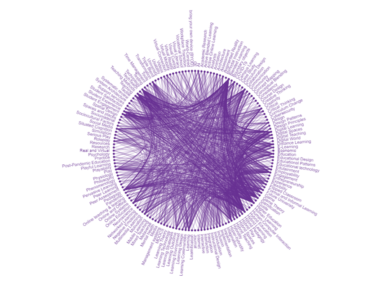zThe New European Media initiative (NEM) released just this month April 2019 their white paper “AI in the media and creative industries”. This report makes an attempt to provide a realistic perspective of Artificial Intelligence (AI) in creative industries and a vision of the future of this technology while identifying research and development challenges. Although the paper is aimed at the creative industries, it identifies technical challenges that are not unfamiliar to those working in AI for education such as the ability for AI-powered techniques to be accurate under limited data resources, as opposed to the conventional “Big Data” approach, or the ability to process, analyse and match data from multiple modalities (text, sound, images, etc.) at the same time. Most of the current instances of AI in the media and creative industries involve Machine Learning (ML) or Statistical Learning-based systems and the report focuses for that reason on this approach while recognising that the field of AI encompasses a broader set of approaches such as the symbolic, rule- or logic-based approaches. That is important to bear in mind: while AI-based recommender systems like in Spotify or Facebook and Google can afford to make mistakes in their predictions of what the user expects (it can in fact be considered an advantage to offer outliers), this may be not desirable in education and training: by adopting Big Data approaches in education in fact existing misconceptions can be reinforced rather than eradicated. The way AI can select the optimal content or difficulty to propose in, for example, an adaptive serious video game ignores largely the fact that learning is a minority game.
The report recognises as one of the challenges that of designing robust machine learning tools to estimate and influence users’ states (cognitive, conative and affective states) reliably, from their behaviour and physiological signals, while they, for example, use an educational application. At the same time users should be protected against “game” addiction.
A very important element of AI (not exclusively for education and research) is automatic transcription, translation, subtitling and sign language generation by means of AI and deep learning tools that allow for a response to the explosion of content, the increasing need for compliance with digital accessibility legislation, and the reduction of costs for transcribing and subtitling.
The report concludes that there is a need for AI tools that can adapt to users, consider their needs and constraints. AI as a black box where the user has no control, responsibility or deeper understanding of the processes cannot be the solution. AI methods should become accountable, to avoid possible biases and to ensure that choices made by or with the help of an AI are necessarily ethic. Read the whole report: https://nem-initiative.org/files/2018/10/nem-positionpaper-aiinceativeindustry.pdf














